- Follow Us
Scientific Publications
High-profile publications featuring CDI Labs next-gen proteomics technologies and services
354 Total Publications
Refine Your Search
Publication Details
- Date
- Link
- + Abstract
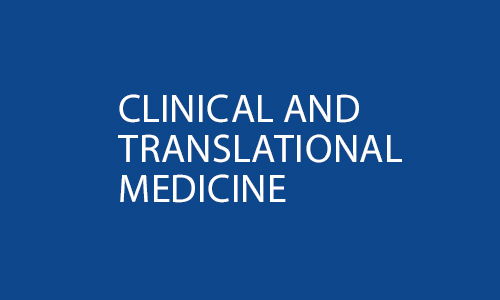
Clinical and Translational Medicine
- Main Product: HuProt
- HuProt: LncRNA BC promotes lung adenocarcinoma progression by modulating IMPAD1 alternative splicing
- Qi Wen Chen, Xing Zhong Wu, et. al.
- Dept of Integrative Oncology, Fudan University Shanghai Cancer Center
HuProt DNA RNA: The therapeutic value of targeted therapies in patients with lung cancer is reduced when tumours acquire secondary resistance after an initial period of successful treatment. However, the molecular events behind the resistance to targeted therapies in lung cancer remain largely unknown.
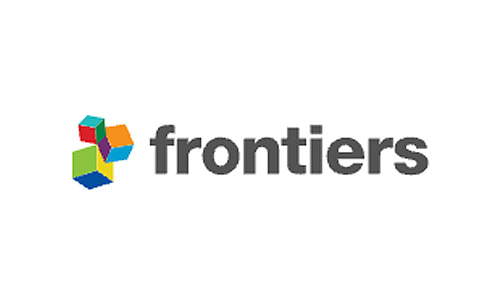
Frontiers in Immunology
- Main Product: HuProt
- Checkpoint inhibitor immune-related adverse events: A focused review on autoantibodies and B cells as biomarkers, advancements and future possibilities
- John Taylor, Aesha Gandhi, Elin Gray, Pauline Zaenker
- Centre for Precision Health, Edith Cowan University
The use of immune checkpoint inhibitors (ICIs) has evolved rapidly with unprecedented treatment benefits being obtained for cancer patients, including improved patient survival. However, over half of the patients experience immune related adverse events (irAEs) or toxicities, which can be fatal, affect the quality of life of patients and potentially cause treatment interruption or cessation. Complications from these toxicities can also cause long term irreversible organ damage and other chronic health conditions. Toxicities can occur in various organ systems, with common observations in the skin, rheumatologic, gastrointestinal, hepatic, endocrine system and the lungs.

AUTHOREA
- Main Product: HuProt
- HuProt: Impaired thymic AIRE expression underlies autoantibodies against type I IFNs in humans with inborn errors of the alternative NF-kB pathway
- Tom Le Voyer, Anne Puel, et. al.
- Laboratory of Human Genetics of Infectious Diseases, Necker Branch, University of Paris Cité
HuProt Autoantibodies: Patients with inborn errors of the alternative NF-κB pathway have low thymic AIRE expression, leading to the development of auto-Abs neutralizing type I IFNs, and severe viral diseases.
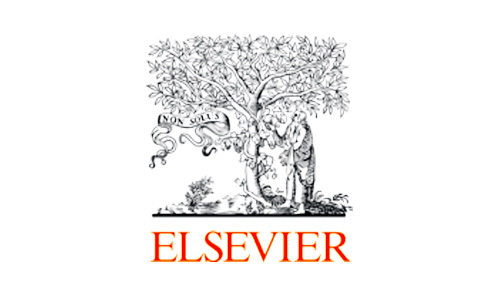
Elsevier - Clinical Immunology
- Main Product: HuProt
- HuProt: Autoantibody signatures discovered by HuProt protein microarray to enhance the diagnosis of lung cancer
- Yulin Wang, Liping Dai, et. al.
- Henan Institute of Medical and Pharmaceutical Sciences, Zhengzhou University
This study aims to discover novel autoantibodies against tumor-associated antigens (TAAs) and establish diagnostic models for assisting in the diagnosis of lung cancer and discrimination of pulmonary nodules (PNs). Ten autoantibodies to TAAbs (TAAbs) were discovered by means of protein microarray and their serum level was also higher in 212 LC patients than that in 212 NC of validation cohort 1 (P < 0.05). The model 1 comprising 4 TAAbs and CEA reached an AUC of 0.813 (95%CI: 0.762–0.864) for diagnosing LC from normal individuals.
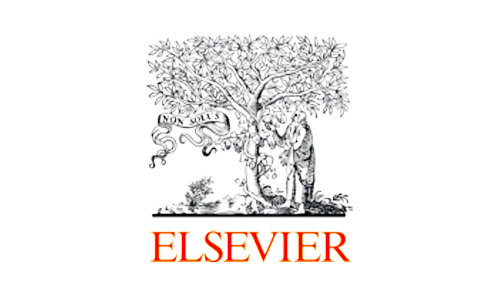
Elsevier - Brain, Behavior, and Immunity
- Main Product: HuProt
- Autoantibody profiling of monoamine oxidase A knockout mice, an autism spectrum disorder model
- Guan-Da Syu, Reymond Sutandy, Kevin Chen, Yawei Cheng, Chien-Sheng Chen, Jean C. Shih
- Dept of Biotechnology and Bioindustry Sciences, National Cheng Kung University
Monoamine oxidase A (MAO A) is the critical enzyme to degrade serotonin in the brain and the knockout mouse exhibits hyperserotonemia and abnormalities that are observed in autism spectrum disorder (ASD). Thus, the MAO A knockout mouse is a valuable model for studying neurological and behavioral impairments in ASD. Based on the immune dysfunction hypothesis, dysregulated humoral immunity may cause neurological impairments.
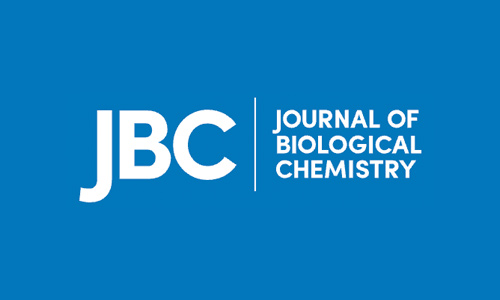
Journal of Biological Chemistry
- Main Product: HuProt
- A midposition NOTCH3 truncation in inherited cerebral small vessel disease may affect the protein interactome
- Soo Jung Lee, Xiaojie Zhang, Gang Xu, Jimo Borjigin, Michael M. Wang
- Dept of Neurology, University of Michigan
Mutations in NOTCH3 underlie cerebral autosomal dominant arteriopathy with subcortical infarcts and leukoencephalopathy (CADASIL), the most common inherited cerebral small vessel disease. Two cleavages of NOTCH3 protein, at Asp80 and Asp121, were previously described in CADASIL pathological samples. Using monoclonal antibodies developed against a NOTCH3 neoepitope, we identified a third cleavage at Asp964 between an Asp-Pro sequence. We characterized the structural requirements for proteolysis at Asp964 and the vascular distribution of the cleavage event. A proteome-wide analysis was performed to find proteins that interact with the cleavage product.
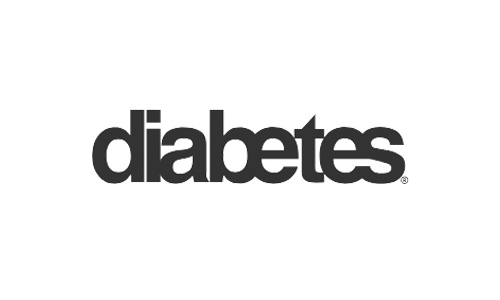
Diabetes
- Main Product: HuProt
- Autoantibodies to Perilipin-1 Define a Subset of Acquired Generalized Lipodystrophy
- Caleigh Mandel-Brehm, Joseph L. DeRisi, et. al.
- Dept of Biochemistry and Biophysics, University of California, San Francisco
HuProt Autoantibodies: Acquired lipodystrophy is often characterized as an idiopathic subtype of lipodystrophy. Despite suspicion of an immune-mediated pathology, biomarkers such as autoantibodies are generally lacking. Here, we used an unbiased proteome-wide screening approach to identify autoantibodies to the adipocyte-specific lipid droplet protein perilipin 1 (PLIN1) in a murine model of autoimmune polyendocrine syndrome type 1 (APS1). We then tested for PLIN1 autoantibodies in human subjects with acquired lipodystrophy with two independent severe breaks in immune tolerance (including APS1) along with control subjects using a specific radioligand binding assay and indirect immunofluorescence on fat tissue.

EliScholar - Yale
- Main Product: HuProt
- HuProt: Data Processing And Analysis Of The Distribution Of Autoantibodies In Healthy Individuals
- Helen Lynn Ngov
- Yale University
Background: IgM and IgG autoantibodies are present in healthy humans and there are also unique autoantibodies that make up the majority of autoantibodies present in the human body. The primary objective of this study was to identify proteins that are consistently expressed at baseline levels in healthy patients, with the intention of establishing a set of shared or common proteins that can be targeted for further investigation in future research endeavors.

Molecular Oncology
- Main Product: HuProt
- Human Proteome Microarray identifies autoantibodies to tumor-associated antigens as serological biomarkers for the diagnosis of hepatocellular carcinoma
- Qian Yang, Peng Wang, et. al.
- The State Key Laboratory of Esophageal Cancer Prevention & Treatment, Zhengzhou University
HuProt Autoantibodies: The identification of the high-efficiency and non-invasive biomarkers for hepatocellular carcinoma (HCC) detection is urgently needed. This study aims to screen out potential autoantibodies to tumor-associated antigens (TAAbs) and to assess their diagnostic value for HCC. Fifteen potential TAAbs were screened out from the Human Proteome Microarray by 30 HCC sera and 22 normal control sera, of which eight passed multiple-stage validations by ELISA with a total of 1625 human serum samples from normal controls (NCs) and patients with HCC, liver cirrhosis, chronic hepatitis B, gastric cancer, esophageal cancer, and colorectal cancer.
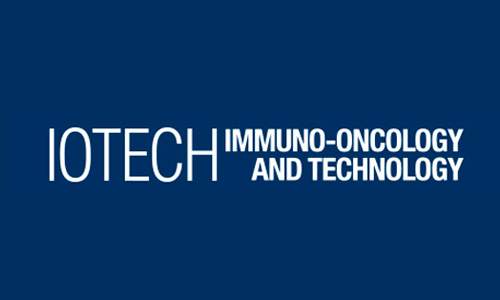
IOTECH Immuno-oncology and Technology
- Main Product: HuProt
- PhIP-Seq: Human virome epitope-level antiviral antibody profiling identified the cytomegalovirus (CMV) as the main driver of senescent immune phenotype (SIP) in patients with advanced non-small cell lung cancer (aNSCLC)
- M. Naigeon, B. Besse, et. al.
- Laboratoire d\'Immunomonitoring en Oncologie, Université Paris Saclay
Immunosenescence is a progressive remodeling of immune functions with a multifactorial etiology including aging and chronic antigenic stressors (inflammation, infections, cancer). We showed that a high pretreatment SIP (CD28–CD57+KLRG1+CD8+ circulating T cells>39.5%, SIP+) was associated with resistance to ICB in patients with aNSCLC. Chronic viral infections may speed up immune aging, especially CMV which affects blood T cells phenotype (loss of CD28, overexpression of CD57). We aimed to assess antiviral serological profile and its association with SIP status.